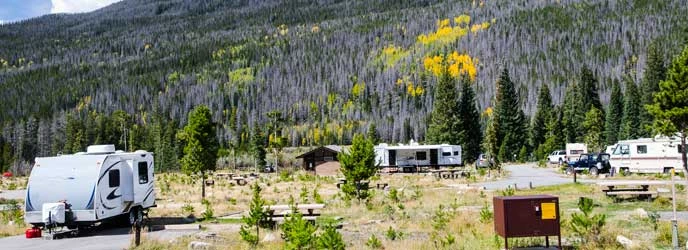
NPS Many Rocky Mountain National Park staff participated in activities related to mountain pine beetle projects throughout the park. Most of the park’s facilities are located within forests affected by the current mountain pine beetle outbreak and annual inspections are conducted to identify potential hazard tree issues. As the infestation progressed from west to east in the park, new areas experienced increased levels of infestation and mortality. Trails, campgrounds, picnic areas, historic buildings, backcountry, and popular areas all experienced changes in forest characteristics. Employees responsible for managing different sections of the park have developed creative solutions to provide visitors with a safe and enjoyable experience in the park. 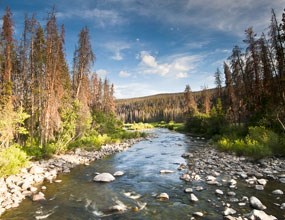
NPS Backcountry Areas
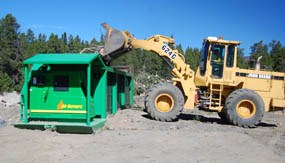
NPS The large amount of dead trees presents a disposal problem for park crews. The branches and stemwood are stacked into large piles and then burned in winter months. Trees containing live beetles are disposed of in the park’s air curtain burner. This machine allows for efficient combustion of green material and results in full mortality of beetle larvae. This technique allows resource managers to reduce the population of adult beetles in very small areas.
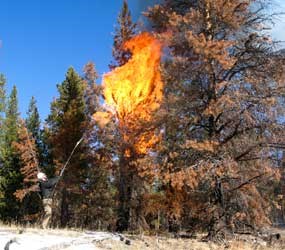
NPS Prescribed Fire Prescribed fire is the deliberate and carefully planned periodic burning of a selected site to reduce the risks of unnaturally heavy fuel buildup, the potential for devastating wildfires, and the loss of life and property. This has been an effective tool to reduce hazardous fuels created by beetle-killed trees. Prescribed fire also helps restore natural processes in the park's forests. See the Fire Management pages for more information on managing fire in the park. 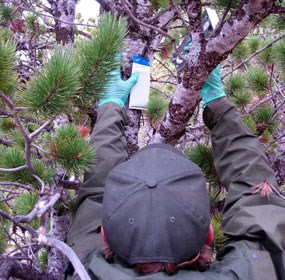
NPS Limber Pine Conservation
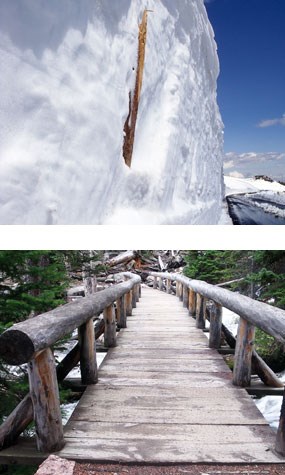
NPS Creative Wood Uses
The park has been exploring unique methods for utilizing beetle affected trees in a variety of park projects.
Park employees continue to explore new uses for the wood material available throughout the park in an effort to make the most of a unique situation.
|
Last updated: January 18, 2024
